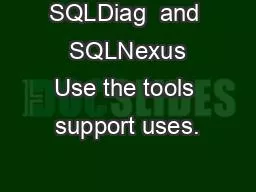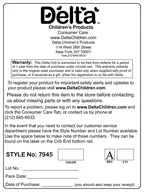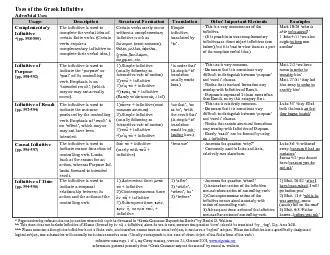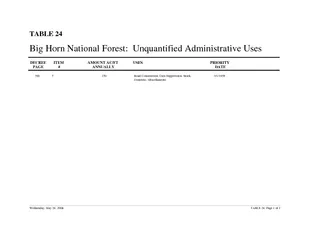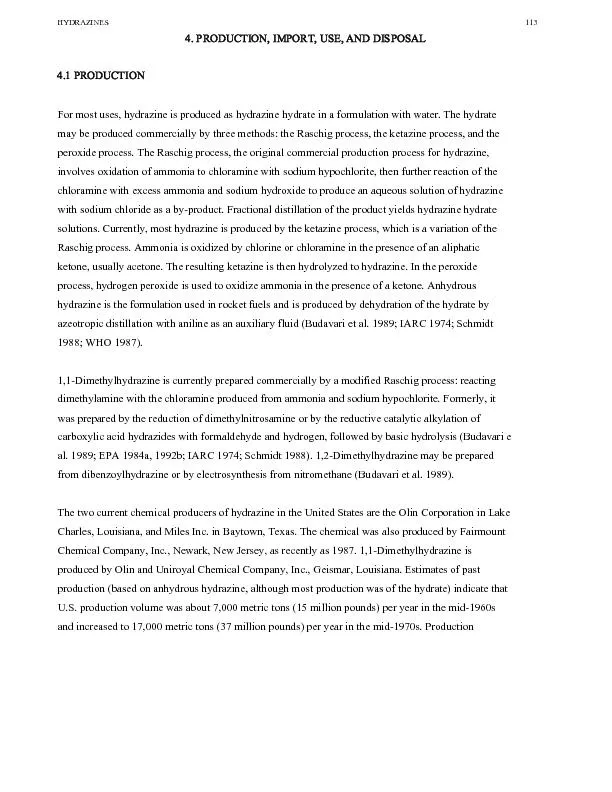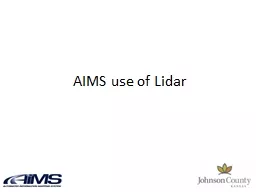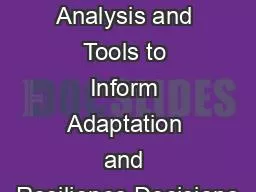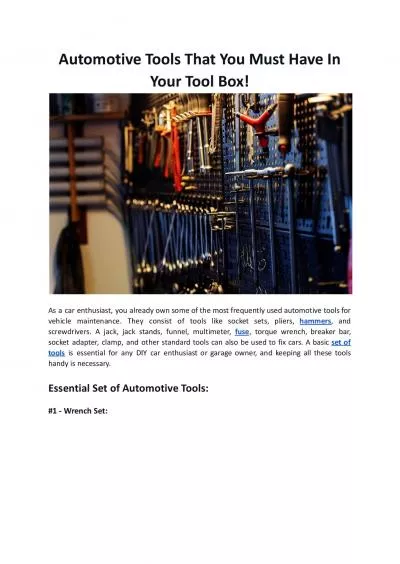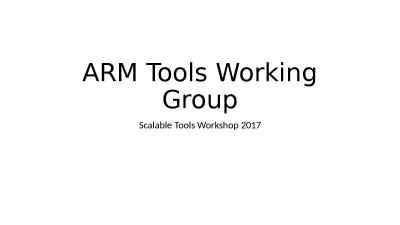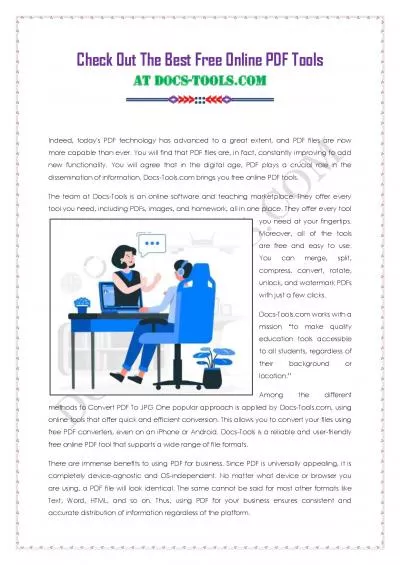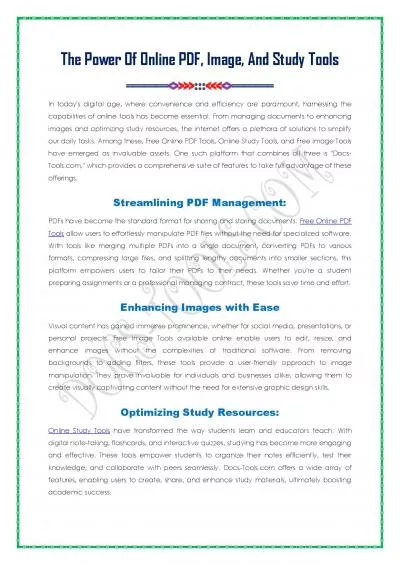PPT-SQLDiag and SQLNexus Use the tools support uses.
Author : bikersquackers | Published Date : 2020-08-04
Lisa Gardner Premier Field Engineer Introduction to SQLDiag and Diag Manager Introduction to SQL Nexus Configuring Collecting and Importing Data Analyzing the
Presentation Embed Code
Download Presentation
Download Presentation The PPT/PDF document "SQLDiag and SQLNexus Use the tools sup..." is the property of its rightful owner. Permission is granted to download and print the materials on this website for personal, non-commercial use only, and to display it on your personal computer provided you do not modify the materials and that you retain all copyright notices contained in the materials. By downloading content from our website, you accept the terms of this agreement.
SQLDiag and SQLNexus Use the tools support uses.: Transcript
Download Rules Of Document
"SQLDiag and SQLNexus Use the tools support uses."The content belongs to its owner. You may download and print it for personal use, without modification, and keep all copyright notices. By downloading, you agree to these terms.
Related Documents

